We like to keep up on current gardening trends, especially those that match up with our ethos as ecological and therapeutic landscape designers. So, I’m sure that you can imagine how our interest peaked when we came across, Horatio’s Garden, as a part of this years RHS Chelsea Flower Show. Cleverly conceived, by Harris Bugg Studio, it was created with spinal injury patients in mind. An inclusive and accessible therapeutic garden to help in all aspects of recovery.
As my horticultural partner in crime, Alicia, and I poured over the photographs, one thing held our attention. What is that pathway made of? ‘I bet it’s more than just regular terrazzo paving’, noted Alicia. And, of course, as is usually the case, she was right.
The smooth, polished surface is a new product, a kind of Urban Terrazzo, if you will. An astute combination of Cemfree low carbon cement and crushed waste, otherwise destined for the landfill. “The surface is completely permeable, so water can drain away safely. The carbon footprint has been reduced by 77% compared to standard cement..”, notes the literature.
And, I'm sure I'm not the only one that's been thinking, finally! We've all been searching for landscape materials that use fewer resources. That are every bit as beautiful as the traditional ones that we love and, can also be used to create the inclusive accessible green spaces that we all disparately need. Could this be a confluence of three major gardening trends, all in one product? Enduring Beauty, Eco-conscience Choices and Accessible Outdoor Spaces.
The 'Urban Terrazzo' seen in Horatio's Garden, 2023, RHS Chelsea Flower Show
Trend 1 - Enduring Beauty
Timeless appeal of terrazzo
Forever linked with Parisian salons and open views of azure mediterranean waters, marble is an enduring material with connections to antiquity.
Traditional terrazzo, involves laying marble fragments into a base of binding material, such as mortar. Which, after setting can then be ground level and polished, exposing the colours and textures of the stone.
This technique predates recorded history. Co-evolving alongside more labourious and resource heavy art of tile mosaics. A rather clever way to utilize marble offcuts and eliminate waste.
Original terrazzo flooring uncovered in Herculaneum
Some of the oldest floors using this method can be found in the ruins of Herculanium (preserved by the same eruption as Pompeii in 79AD). In these photos, you can actually see the styles dovetailing. With cut mosaic tiles and freeform terrazzo pieces right next to each other.
Detail of a traditional terrazzo floor
In the 1500’s, it re-emerged when Venetian tile workers took home off cuts of marble and used it to cover the terraces around their homes. Hence the name, Terrazzo (terrace). And, by the end of the century it had become recognized as an art form in its own right.
By the 1800’s, the art form had spread throughout Europe and found it's way to other continents, including North America.
New technology gave art deco designers an infinite number of shapes and colours to play with
By the early 20th century it really came into it’s own when new technology (electric grinders and adding brass divider strips) meant that it could be used to create, durable but intricate designs. And, its versatile nature fit perfectly with the art deco styles of the time. And so it's continued to evolve up to the present day, with timeless appeal, available in a wide range of colours, sizes and textures. Adding a special link to our collective past, while maintaining lots of room for modern experimentation.
A selection of modern marble terrazzo (HOOG)
Trend 2 - Eco-conscience Choices
Construction materials piled and ready for reuse as part of the landscape design on the same site (D.I.R.T. Studio, Urban Outfitters Headquarters)
Revitalization of Construction Waste
Construction waste, is heavy and takes up an enormous amount of space. So, it makes sense to find a way to repurpose it within the urban landscape. There are several creative design solutions that include what was once considered rubbish.
For instance, concrete and masonry can be sorted and crushed to create inexpensive recycled aggregates. Which, can then be utilized for new concrete products, or added as is, to stabilize soil, create structural soils or for drainage applications. Recycled aggregates have also found success as road base, paths and surface mulch.
If you wish to try construction waste aggregates, there are a few things to note. Concrete contains lime, which can leach into soils, affecting ph levels (alkaline)and therefore the availability of plants to take in nutrients. It is also more permeable and less durable than new concrete and it has a different feel and texture as well. All things that can be used to their advantage with some blue sky thinking.
The beginnings of Knepp Walled garden, with soil utilizing aggregate made from onsite construction waste.
In a short time, the planting has begun to thrive (Knepp Walled Garden)
There's also, Urbanite, where waste concrete slabs are cut into blocks. Then easily incorporated into retaining walls, steps and rocky outcrops for alpine gardens. Urbanite can also be formed and finished in a number of ways to match the overall feel of the space.
Urbanite retaining walls are a great way to reuse concrete slabs and blocks
More urbanite used to create an alpine rock garden
Reclamation of Urban decay, wastelands and brownfields
There is a certain amount of crossover happening with in this trend, between removing materials for use in green space builds, and utilizing waste materials on site.
The increase in brownfield (commercial or industrial property which is or possibly is contaminated, vacant, derelict or under-utilized) reclamation or naturalization has led, not only to a greater understanding for what can be accomplished without removing materials, but also a new type of dystopian beauty. Where, nature overtakes urban decay.
It's this unique aesthetic that is making it's way into cutting-edge landscape architecture. Through the use of materials like, urbanite, where the history has not been removed. Rather, leaving elements that are recognizable, such as road markings on asphalt chunks or larger pieces of brick. Adding an extra layer of connection, that speaks to the history of place that cannot be manufactured.
Broken up concrete left in situ. (DIRT studio at Urban Outfitters Headquarters)
An abandoned carpark transformed into garden. Where asphalt is broken up to create planting pockets. Jardin Joyeux (Wagon Landscaping)
A detail of Jardin Joyeux (Wagon Landscaping)
Trend 3 - Accessible Outdoor Spaces
Public Space Design
Inclusivity is in! In trying times, we as humans, tend to seek out community. And one way that we can strengthen communal connections, is to create spaces that are open to all, regardless of economic standing, physical mobility or cultural differences.
Whether or not, a material like Urban Terrazzo is a focal point itself, it can be used to facilitate inclusion. A few thoughtful material and placement choices can make all the difference within public parks and green spaces.
Horatio's Garden (Harris Bugg studio) featuring urban terrazzo at the 2023 RHS Chelsea Flower Show. Smooth dry surfaces go a long way towards welcoming those with mobility issues into gardens.
Imagine this walkway translated into urban terrazzo (Bute-Alberni pop up plaza, street mural, Atheana Picha). A durable and long-lasting step towards the decolonization of public spaces.
New Products Emerging
As you may imagine, the specific product introduced at Chelsea is just one in a wide variety of those that are available. The idea of Urban Terrazzo, is emerging throughout the world. Here are just a few that we came across...
Timber terrazzo (Foresso)
Terrazzo with reclaimed brick (Andres Fraga)
Urban Terrazzo, incorporating construction waste (InteriorPark)
Recycled glass terrazzo (Bottle Up)
Brick and slate terrazzo (Granby Workshop)
landscape materials rarely encompass as many gardening trends as this! Urban terrazzo, incorporates our desires for Beauty and connection to the past, ecologically sound practices and inclusive public space, all in one great product. Would you use it in your garden? let us know, we'd love to hear your thoughts.
-Sara-Jane & Alicia at Virens Studio
Virens is a studio located in beautiful, Vancouver, Canada. We specialize in ecological landscape & planting design, urban greening consultation and garden writing. Say hello on IG today!




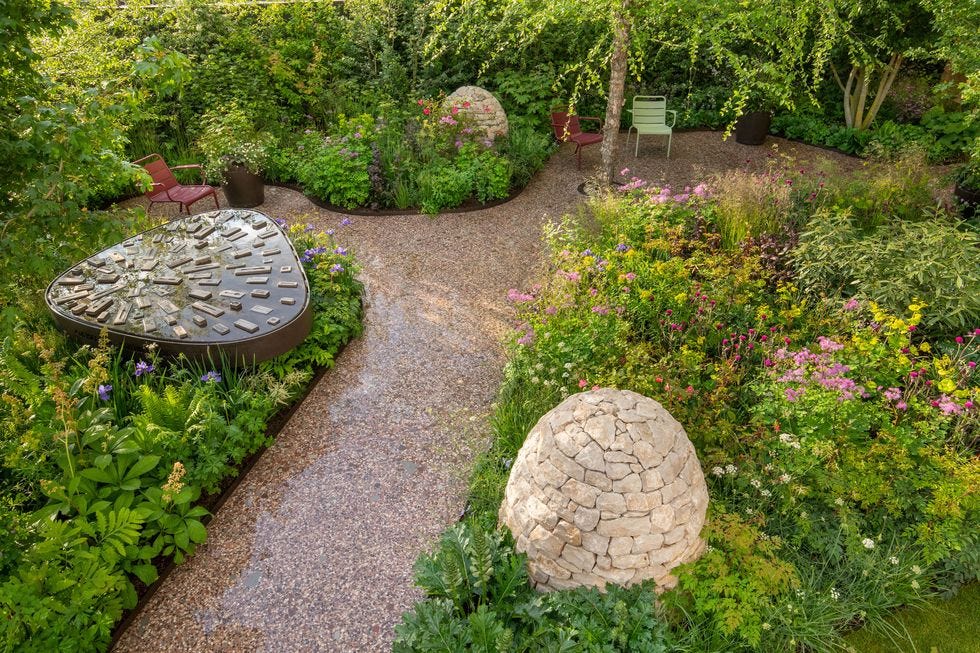
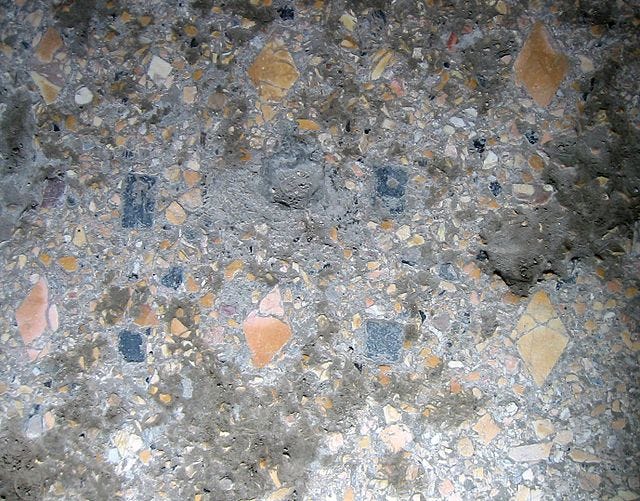
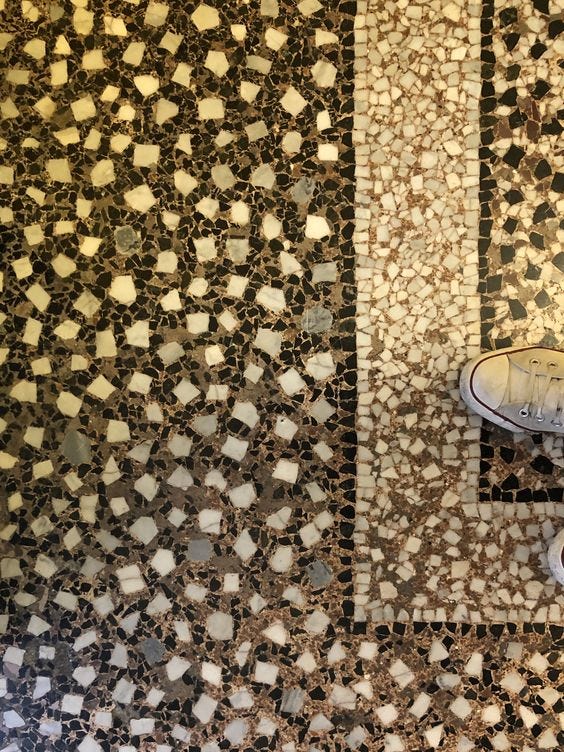
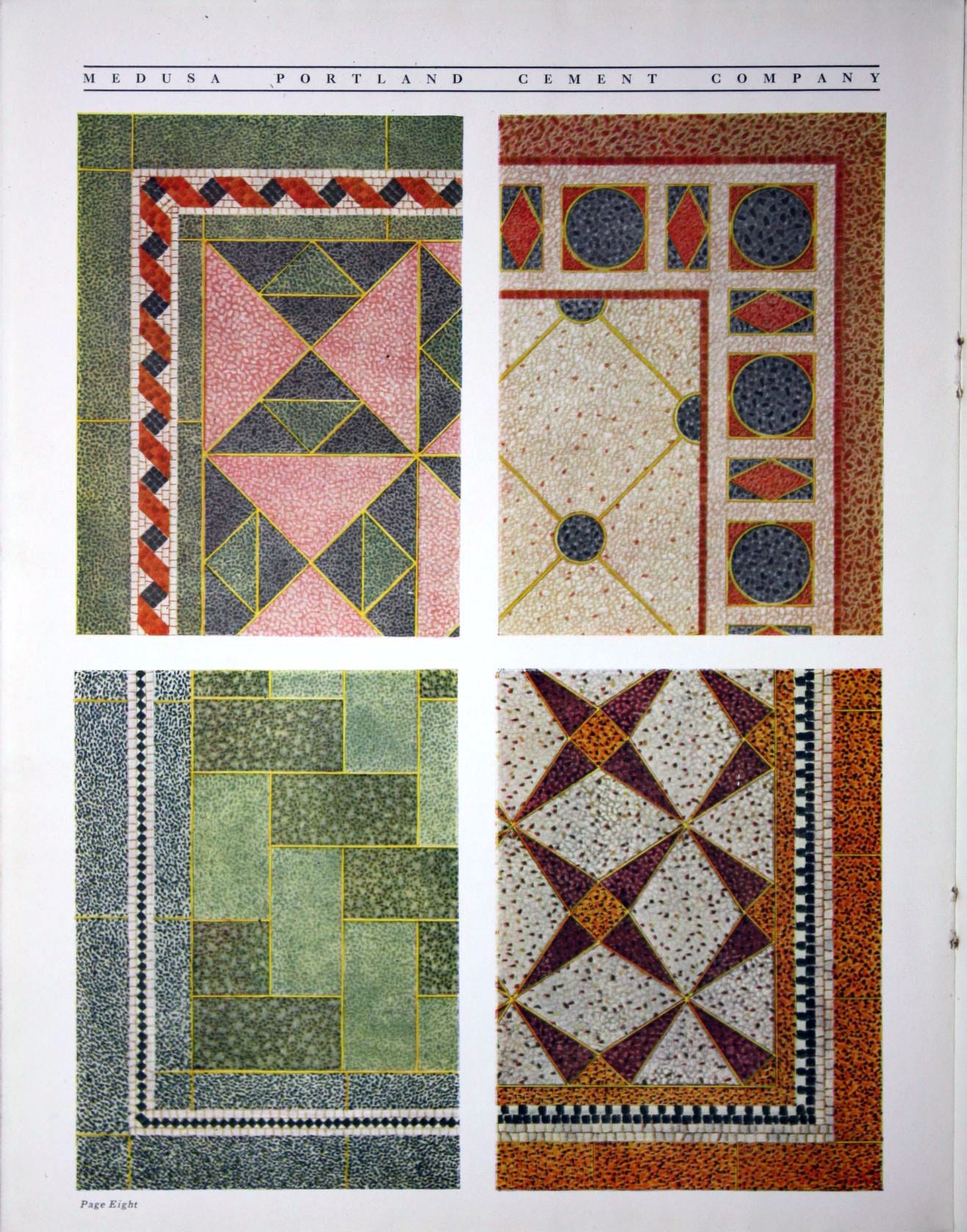
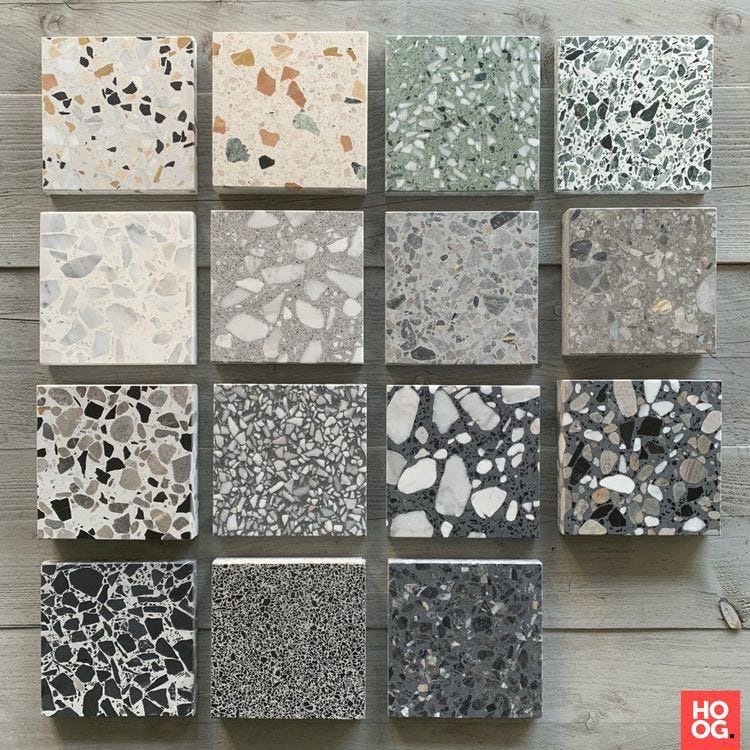
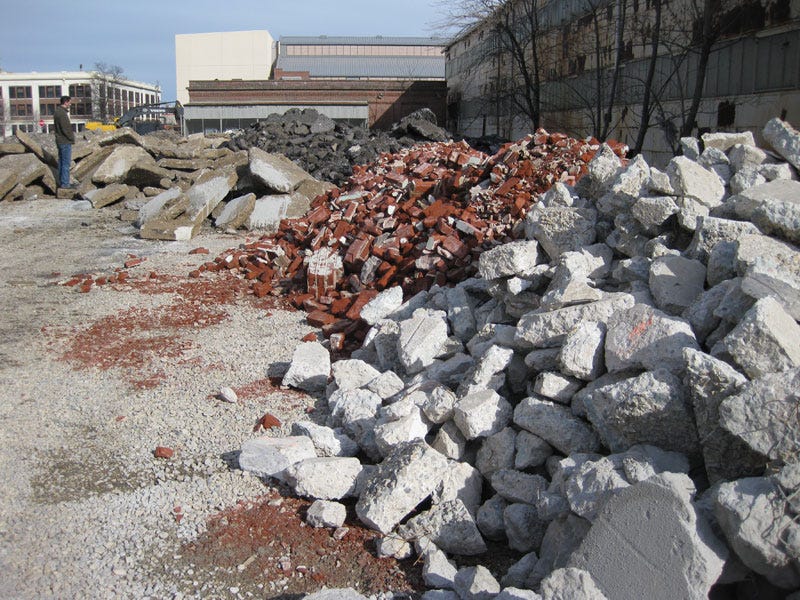
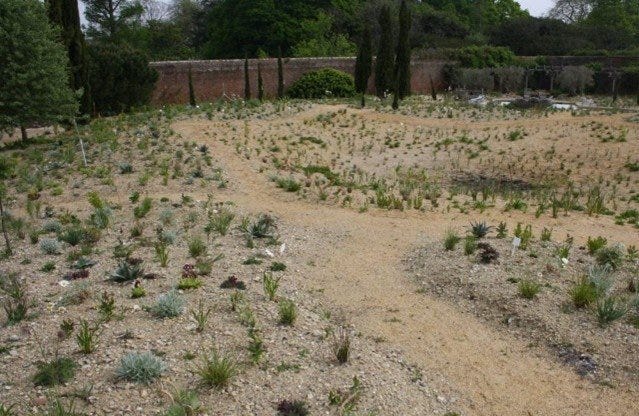



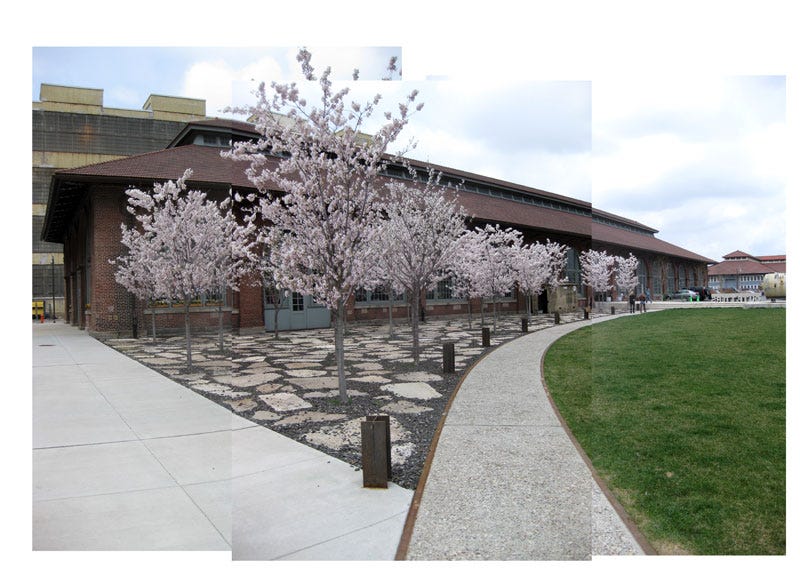
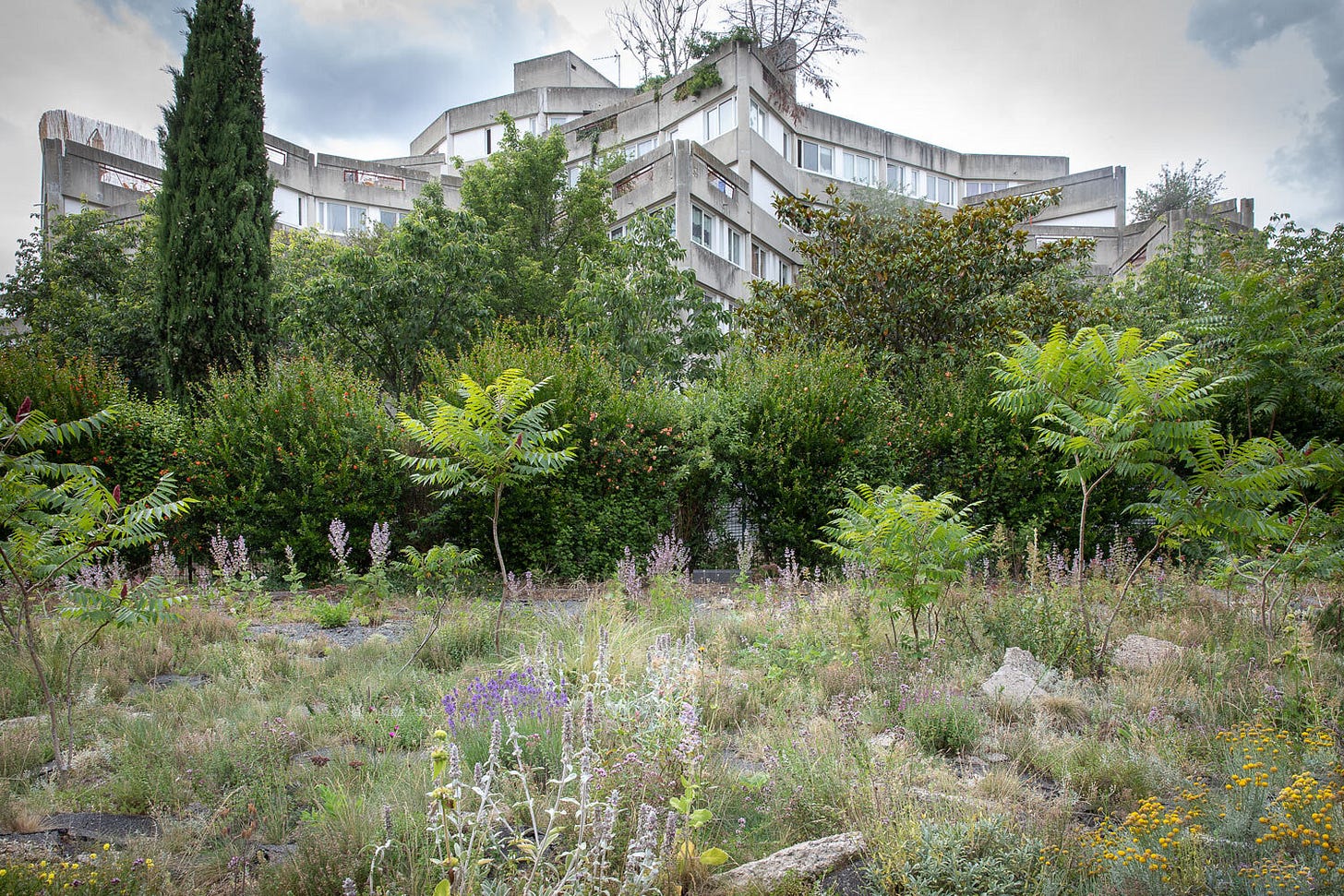
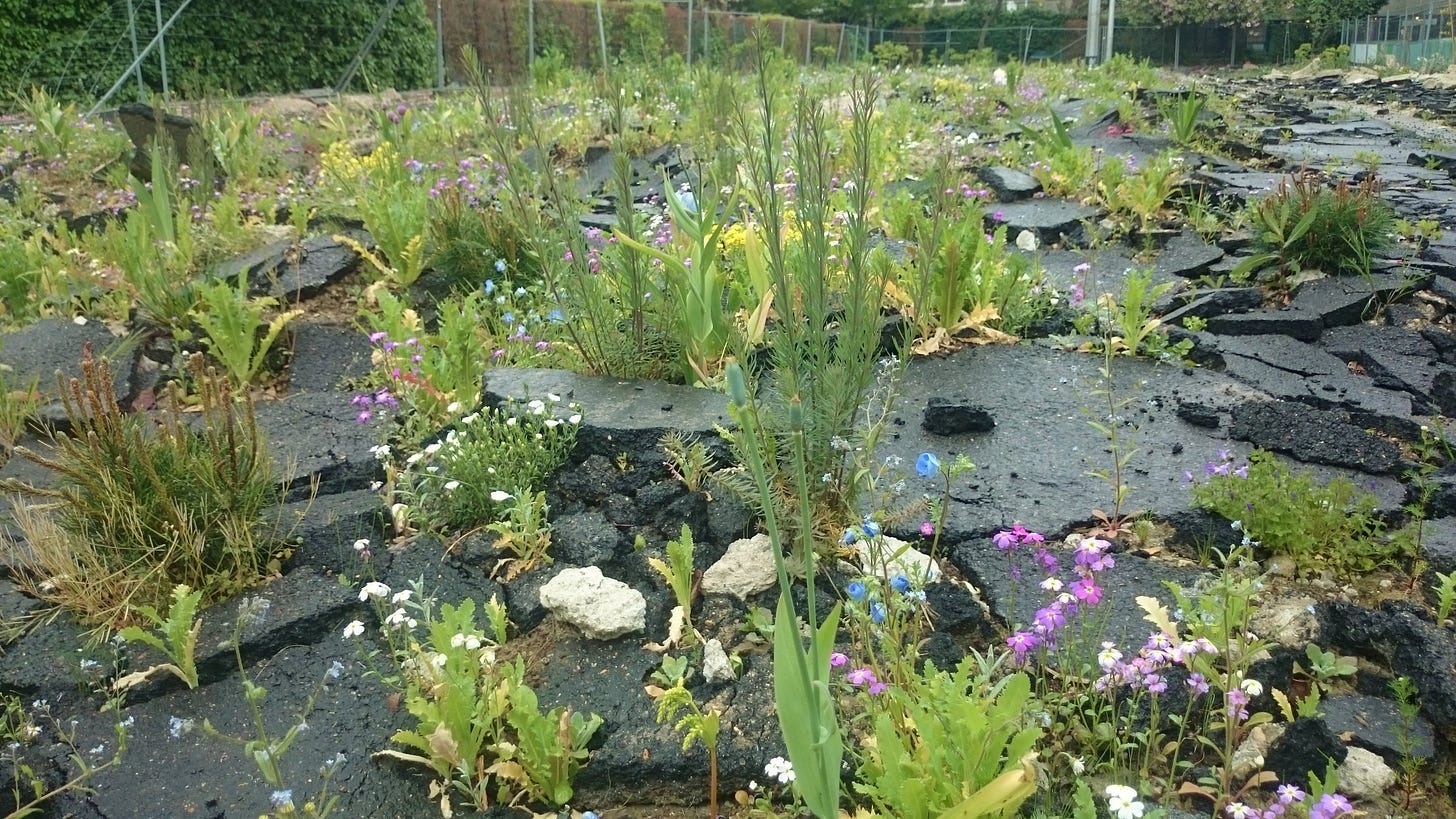
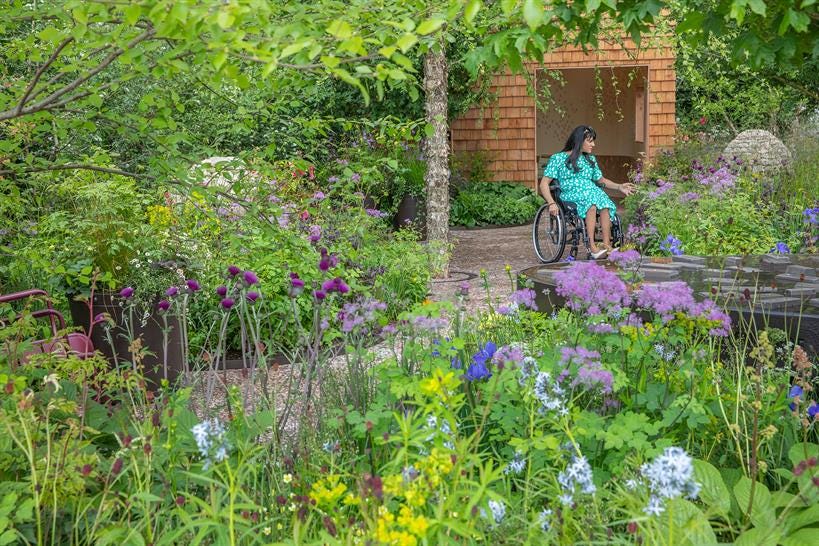
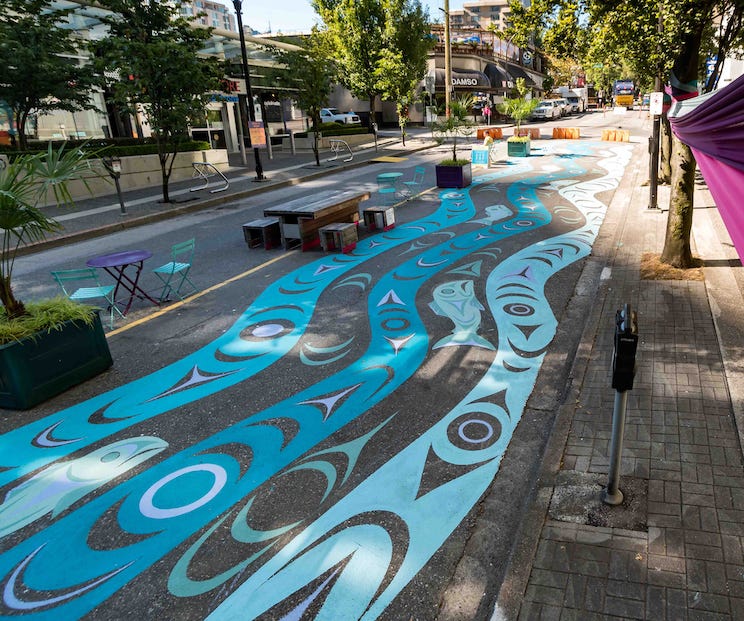
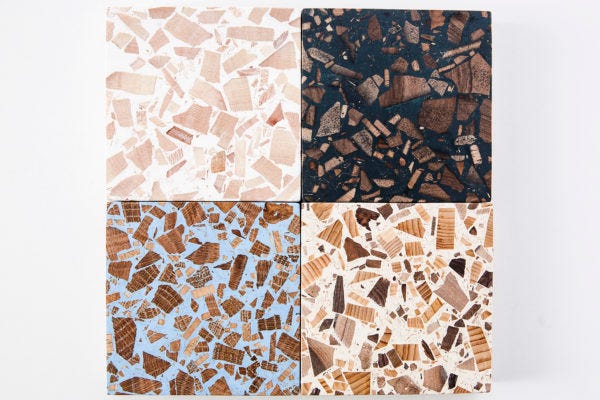
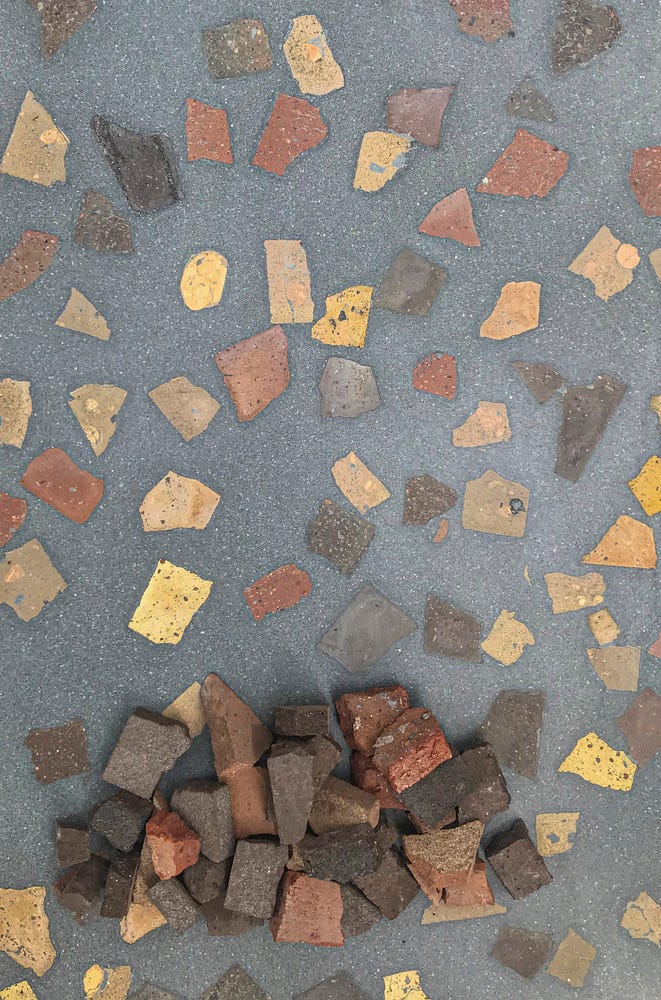

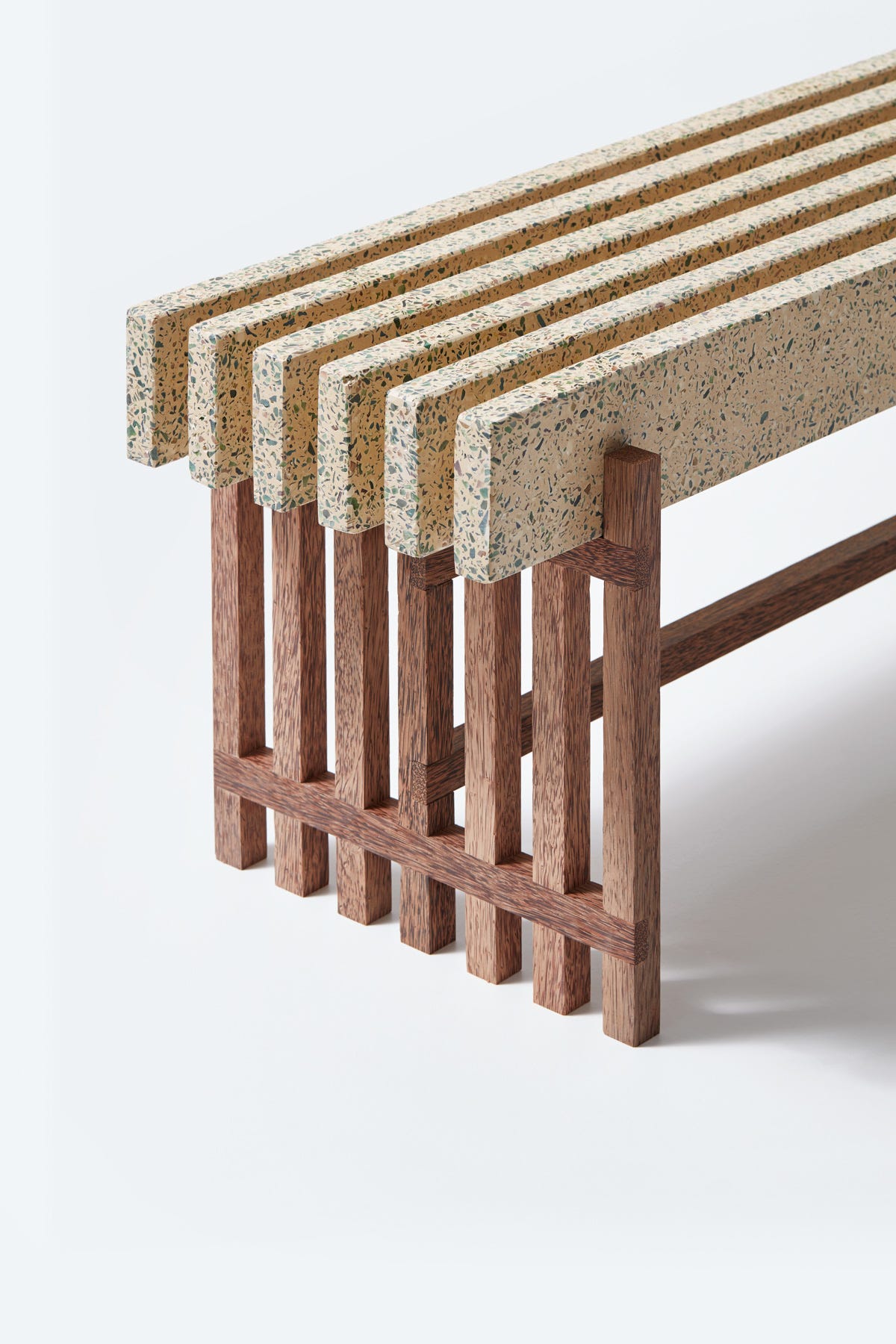

Beautiful spaces.